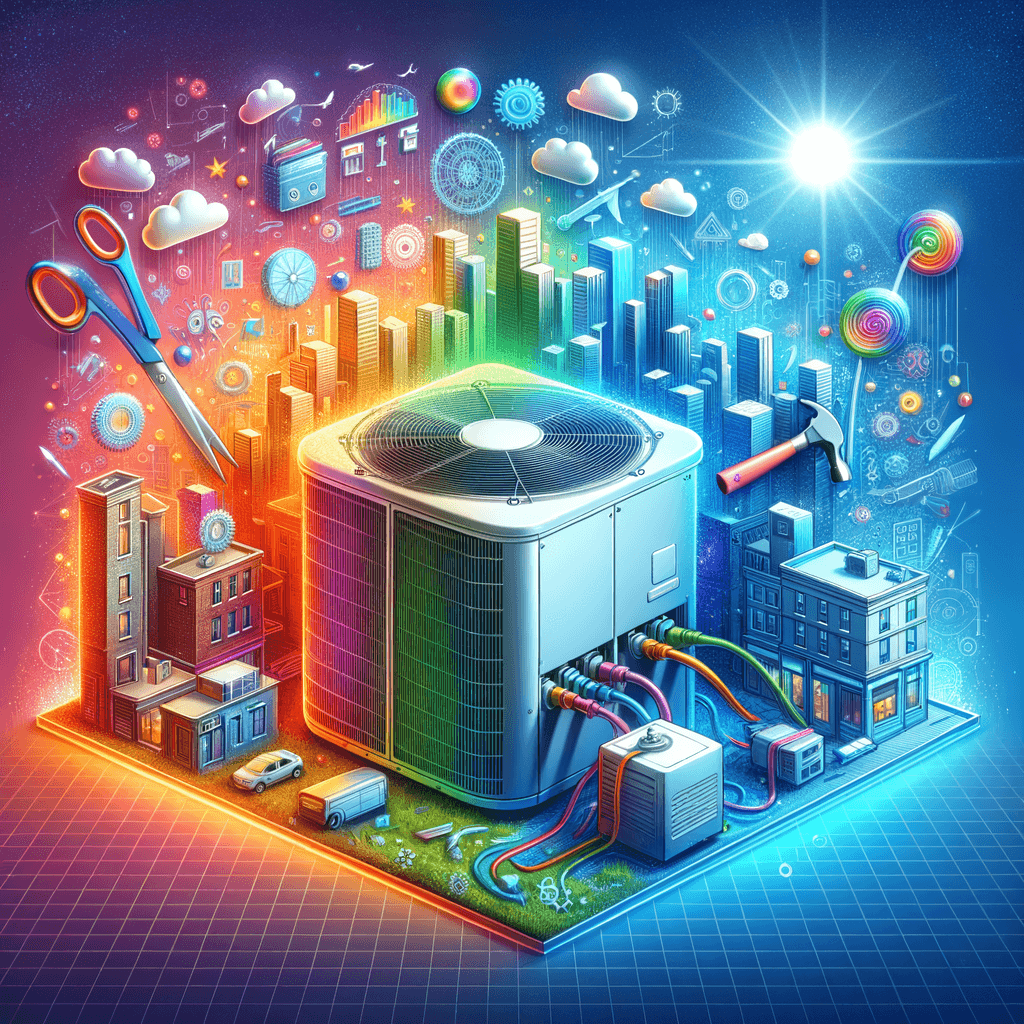
Mastering Air Conditioner Coil Maintenance: Elevating Efficiency and Longevity
By Total Care Air Conditioning Sat Nov 01 20257 minutes

Understanding the Crucial Role of AC Coils
Evaporator and condenser coils are the silent workhorses of every air conditioning system, responsible for heat exchange that makes cooling possible. When these coils are neglected, they accumulate dust, debris, and biological growth, which can drastically reduce system efficiency and increase energy consumption.“Coil cleanliness is directly proportional to the operational efficiency and lifespan of your air conditioning system.”
How Dirty Coils Sabotage Performance and Your Wallet
Even a thin layer of grime on your AC coils can create a thermal barrier, forcing the compressor to work harder. This not only spikes your utility bills but also accelerates component wear, leading to premature breakdowns and costly repairs.| Coil Condition | Cooling Efficiency | Energy Consumption | Expected Lifespan |
| Clean | Optimal | Normal | Extended |
| Moderately Dirty | Reduced by 10-15% | Increased by 10% | Shortened |
| Heavily Soiled | Reduced by 20%+ | Increased by 20%+ | Significantly Shortened |
Essential Coil Maintenance Steps Every Homeowner Should Know
- Turn off power to the unit before any inspection or cleaning.
- Visually inspect evaporator and condenser coils for dust, debris, or mold.
- Gently remove surface debris with a soft brush or vacuum.
- Apply a non-corrosive coil cleaner as recommended by your manufacturer.
- Rinse coils thoroughly, ensuring no cleaner residue remains.
- Check for bent fins and straighten them with a fin comb for optimal airflow.
- Schedule professional deep cleaning annually for stubborn build-up or hard-to-reach coils.
Common Mistakes That Undermine Coil Maintenance
Many homeowners unintentionally damage their coils by using harsh chemicals or high-pressure water, which can erode protective coatings or bend delicate fins. Overlooking routine inspections allows minor issues to escalate into major repairs.- Using bleach or acidic cleaners not approved for HVAC use.
- Ignoring manufacturer guidelines for cleaning frequency and technique.
- Neglecting coil fins, which are crucial for heat transfer.
- Skipping professional maintenance in favor of DIY only approaches.
Advanced Coil Protection Strategies for Maximum System Life
Beyond routine cleaning, advanced strategies can safeguard your coils from future contamination. These include installing UV germicidal lamps to inhibit microbial growth and using high-efficiency air filters to trap airborne particles before they reach the coils.- Install UV-C lamps near the evaporator coil to neutralize mold and bacteria.
- Upgrade to MERV 13 or higher air filters for superior particulate capture.
- Seal duct leaks to prevent unfiltered air from bypassing filtration.
- Maintain proper humidity levels to reduce condensation and microbial risks.
“Preventive measures today can save thousands in repairs and replacements tomorrow.”
Frequently Asked Questions About AC Coil Maintenance
- How often should coils be cleaned?—At least once a year, or more frequently in dusty or humid environments.
- Can I clean coils myself?—Light cleaning is possible, but professional service is recommended for deep cleaning and maintenance.
- What are signs of dirty coils?—Reduced cooling, longer run times, ice formation, or higher energy bills.
- Do coil cleaning sprays harm the environment?—Choose biodegradable, non-toxic products to minimize impact.
Looking Ahead: Innovations in Coil Technology
Emerging technologies are making coil maintenance easier and more effective. Self-cleaning coil coatings, antimicrobial surfaces, and intelligent sensors that alert users to efficiency drops are on the horizon, promising a future where coil care is less labor-intensive and more automated.“The next generation of coil technology will combine efficiency, hygiene, and smart monitoring for truly worry-free cooling.”